Blue Yeti Mic Review: The Podcasting King?
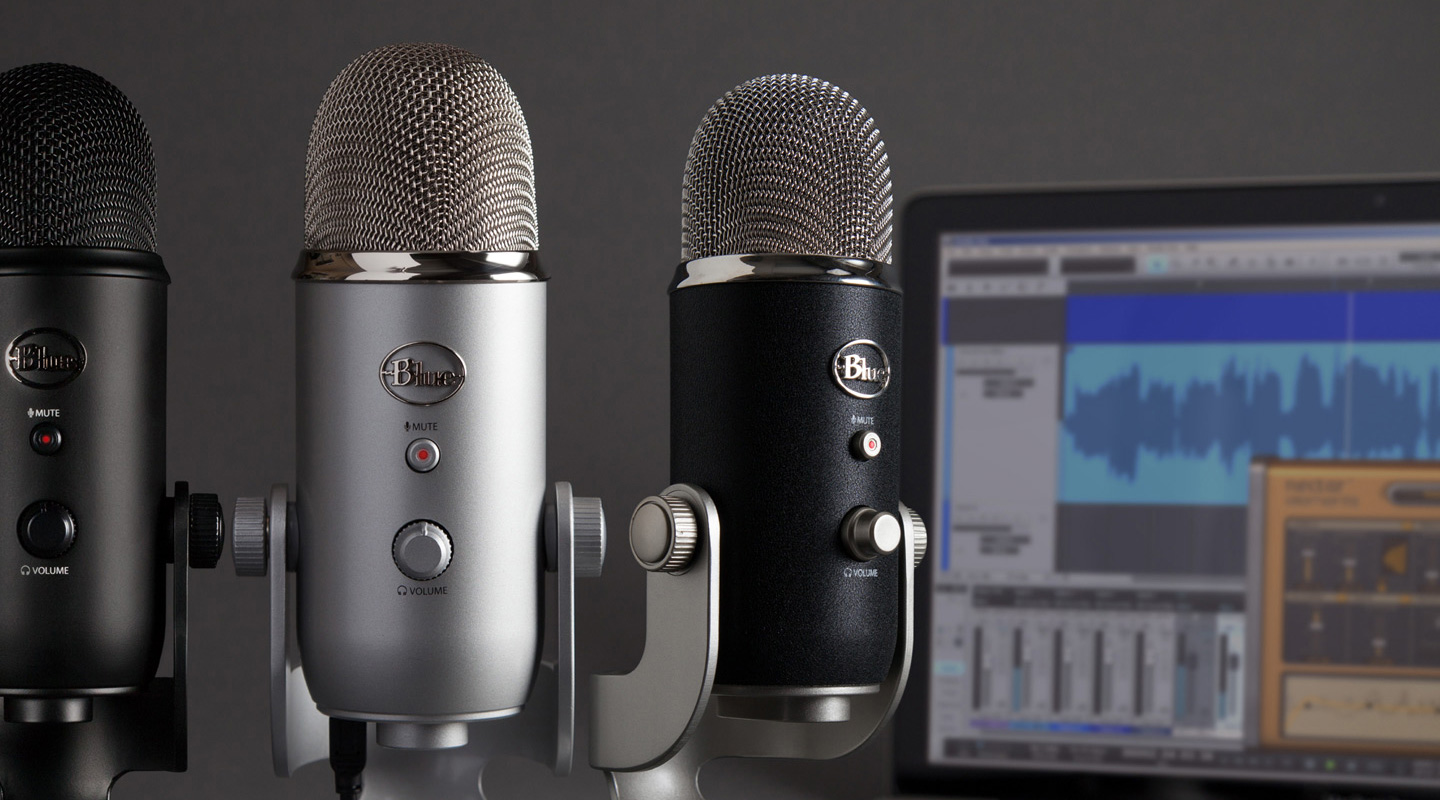 Post thumbnail
Post thumbnail Some mics never go out of style. It’s true of analog condenser mics like the Neumann U 87. And it’s true of the Blue Yeti. In the USB mic category, it’s the closest thing we have to a classic.
Released back in 2009, the Yeti quickly became the most popular USB mic out there. And it has remained an iconic choice for podcasters.
But is Blue’s Yeti right for you? Let’s explore that.
Yeti’s Design
If you think of USB microphones as flimsy, scaled-down versions of pro XLR mics, think again. Blue’s Yeti is a substantial beast measuring 12 inches high and weighing in at 3.5 pounds (with the stand affixed). It towers over other USB mics; including two models offered by Blue: the Snowball and Snowflake.
Overall the Yeti is very solidly built, thus the weight. The only area to nitpick at is the wobbly volume knob. It feels a bit cheap compared with the rest of the unit.
Its design is a big reason it’s seen as a workhorse for podcasters. It sits just right on a desk. Its positioned high enough to capture clean speech, yet low enough to avoid covering people’s faces when shooting video.
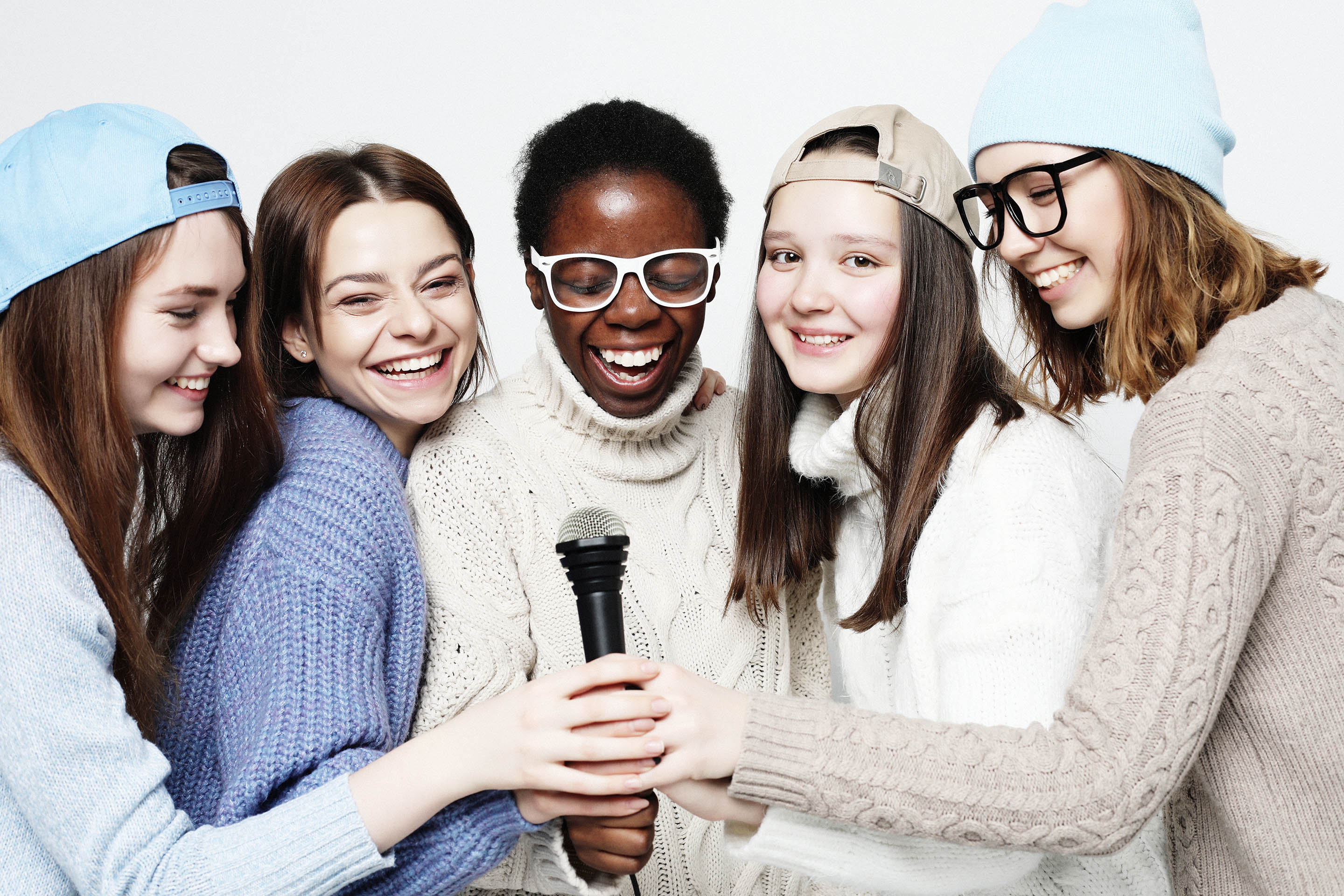
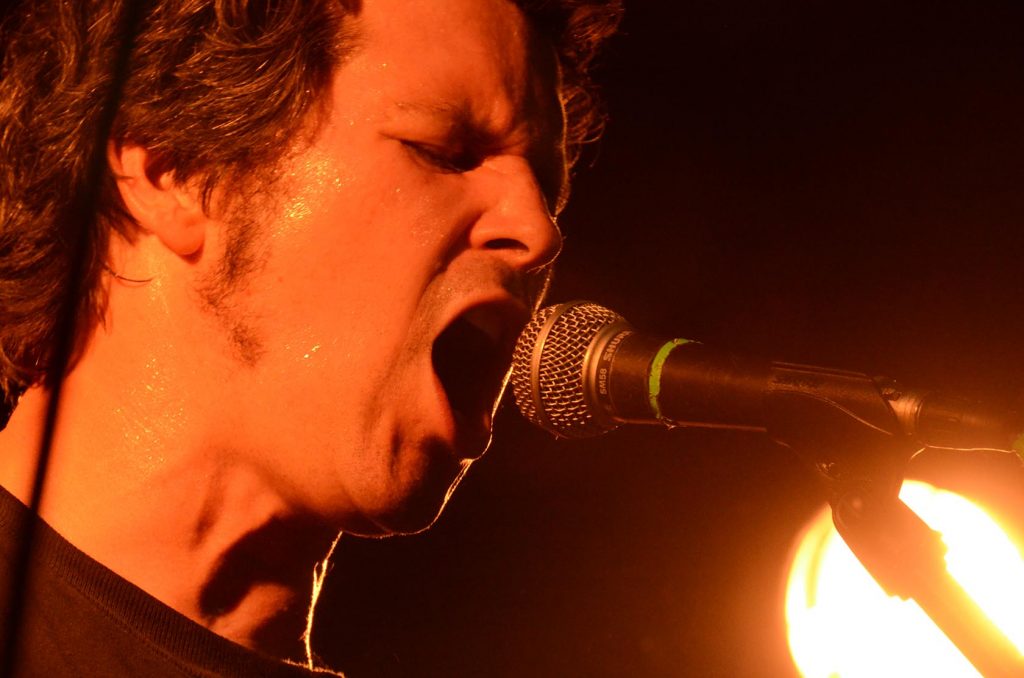
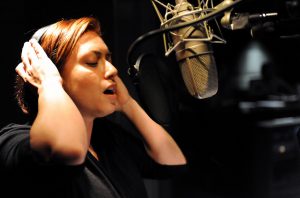
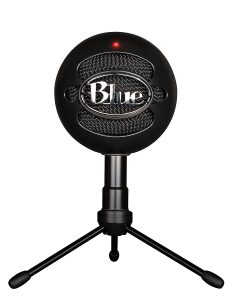 The original
The original